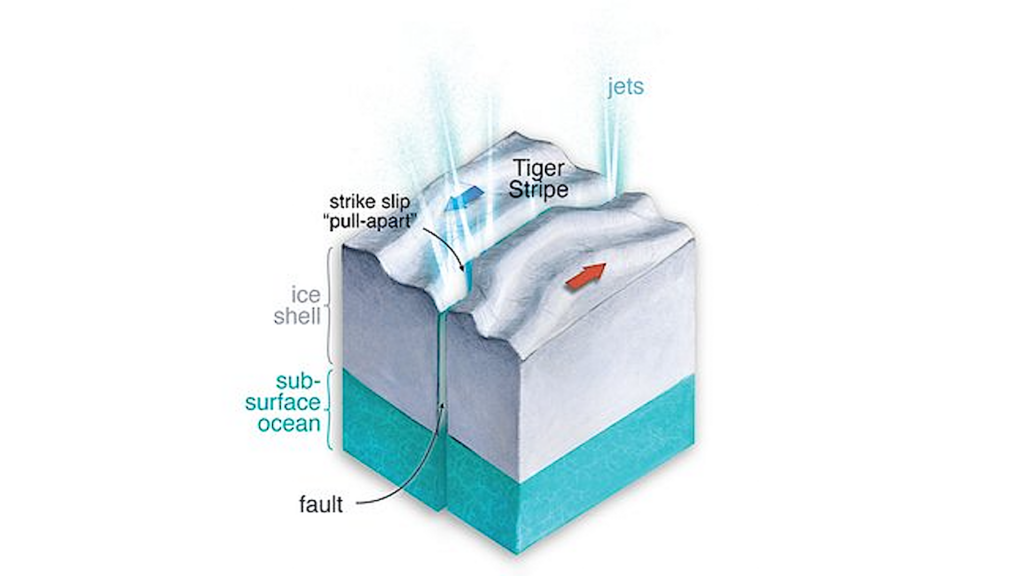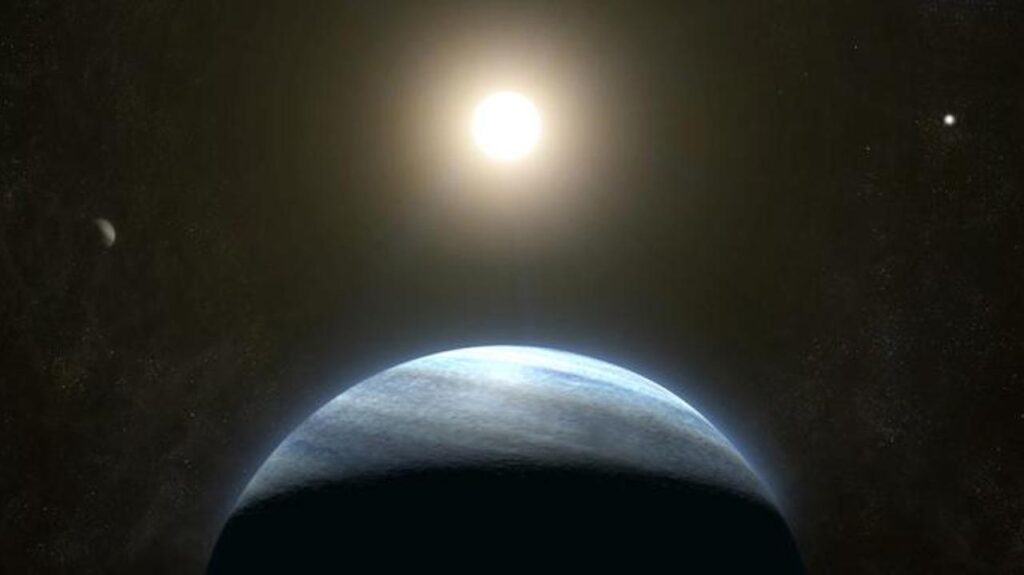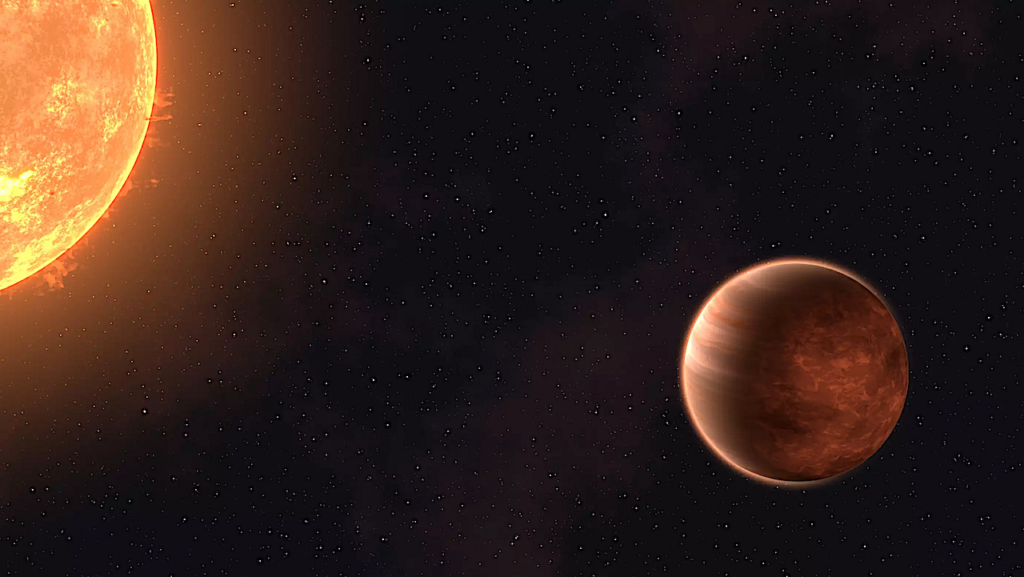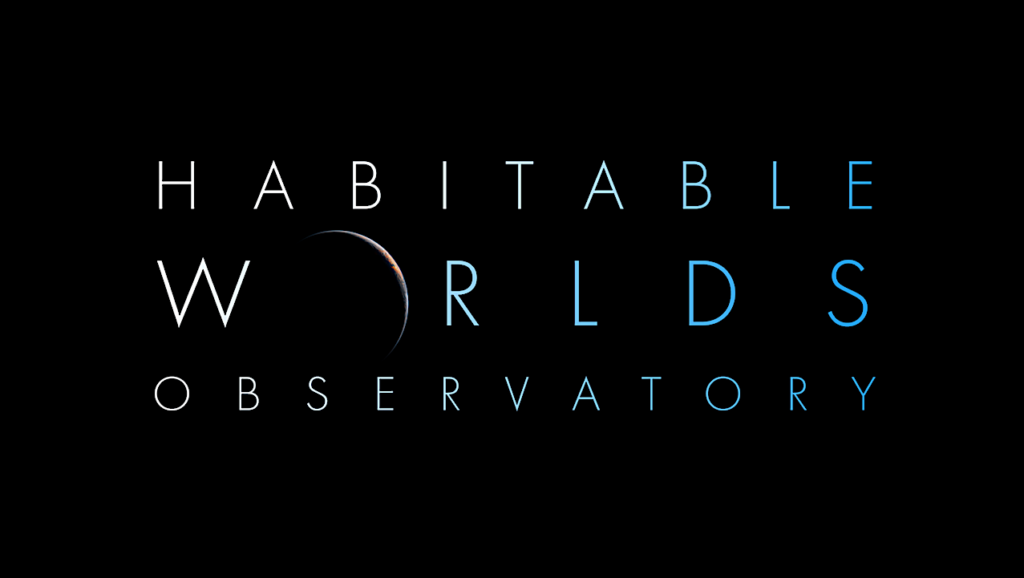A Weak Magnetic Field May Have Supported The Diversification Of Life On Earth

An unusual reduction in the strength of the Earth’s magnetic field between 591 and 565 million years ago coincided with a significant increase in the oxygen levels in the atmosphere and oceans, according to a paper published in Communications Earth & Environment. The authors propose that the weakening of the magnetic field may have led to the increase in oxygen, which is believed to have supported the evolution of some of the earliest complex organisms.
Between 600 and 540 million years ago, life on Earth consisted of soft-bodied organisms known as the Ediacaran fauna, the earliest known complex multicellular animals. The fossil record shows that these organisms significantly diversified in complexity and type between 575 and 565 million years ago. Previous research has suggested that this diversification is linked to a significant increase in atmospheric and oceanic oxygen levels that occurred over the same period. However, it is not yet clear why this increase in oxygen occurred.
John Tarduno and colleagues analysed the magnetic properties of 21 plagioclase crystals, a common mineral in Earth’s crust, which were extracted from a 591-million-year-old rock formation in Brazil. Plagioclase crystals contain tiny magnetic minerals which preserve the intensity of the Earth’s magnetic field at the time they are formed. Analysis of the crystals showed that, at their point of formation, the Earth’s magnetic field was the weakest ever recorded — some 30 times weaker than both the current magnetic field intensity, and that measured from similar crystals formed approximately 2,000 million years ago.
The authors combined their results with previous measurements to establish that the Earth’s magnetic field was at this weak level for at least 26 million years, from 591 to 565 million years ago. This overlaps with the rise in oxygen, which occurred between 575 and 565 million years ago. The authors propose that the weakened magnetic field may have allowed more hydrogen to escape to space, resulting in a greater percentage of oxygen in Earth’s atmosphere and oceans, which may in turn have supported the diversification in the types and complexity of organisms.
Near-collapse of the geomagnetic field may have contributed to atmospheric oxygenation and animal radiation in the Ediacaran Period, Communications Earth & Environment (open access)
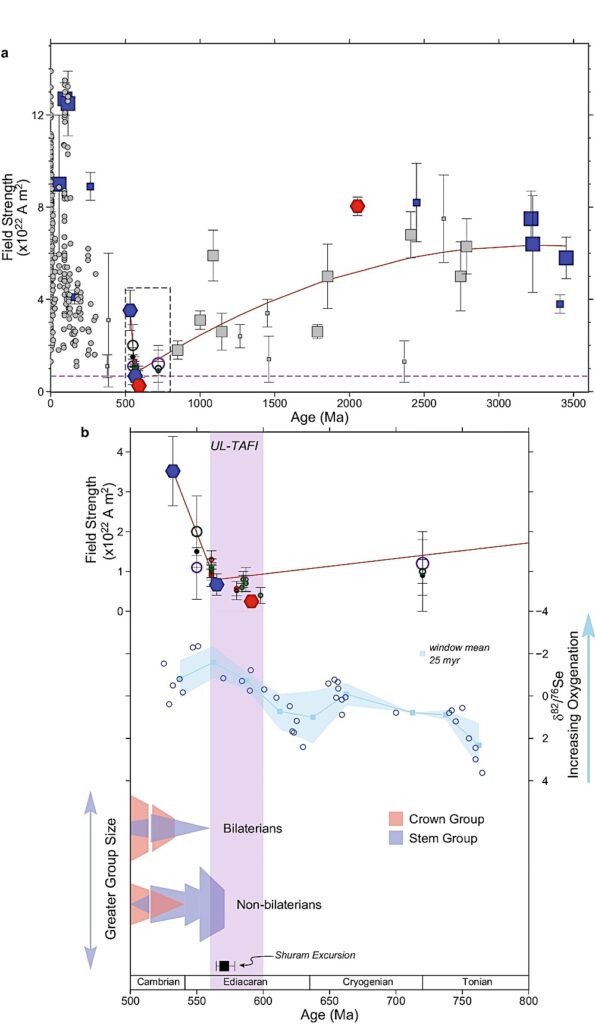
a Field strength constrained from select Thellier (thermal) SCP studies (blue squares, hexagons) and bulk rock studies (gray squares) updated from Zhou et al.22, with new time-averaged SCP results (red hexagons) reported here. Large squares are time-averaged paleomagnetic dipole moments; small squares are virtual dipole moments (VDMs). Gray circles are select Phanerozoic VDMs from Bono et al.1. Field evolution model (3450 Ma to 565 Ma, red line) is weighted second-order polynomial regression of Precambrian field strength data from Bono et al.1; 565 to 532 Ma trend from Zhou et al.22. b Cryogenian to Cambrian field strength evolution corresponding to dashed rectangle in (a). Open circles are results from non-Thellier methods (non-thermal and thermal) and their sizes are weighted by the numbers of cooling units from Zhou et al.22. Key: green, microwave method; purple, Shaw method; black, Wilson method. Brown open circles are Thellier thermal results. Ultra-low time averaged field interval (UL-TAFI) highlighted by light purple rectangle. Also shown are selenium isotopic data (open symbols) and oxygenation interpretation from Pogge von Strandmann et al.20 (shown here with a 25 my window mean and 1σ error), summary animal radiation of bilaterian and non-bilaterians from Zhuravlev and Wood65), Wood et al.3, Darroch et al.66 and Muscente et al.67, and Shuram excursion ages from Rooney et al.42.
Astrobiology




